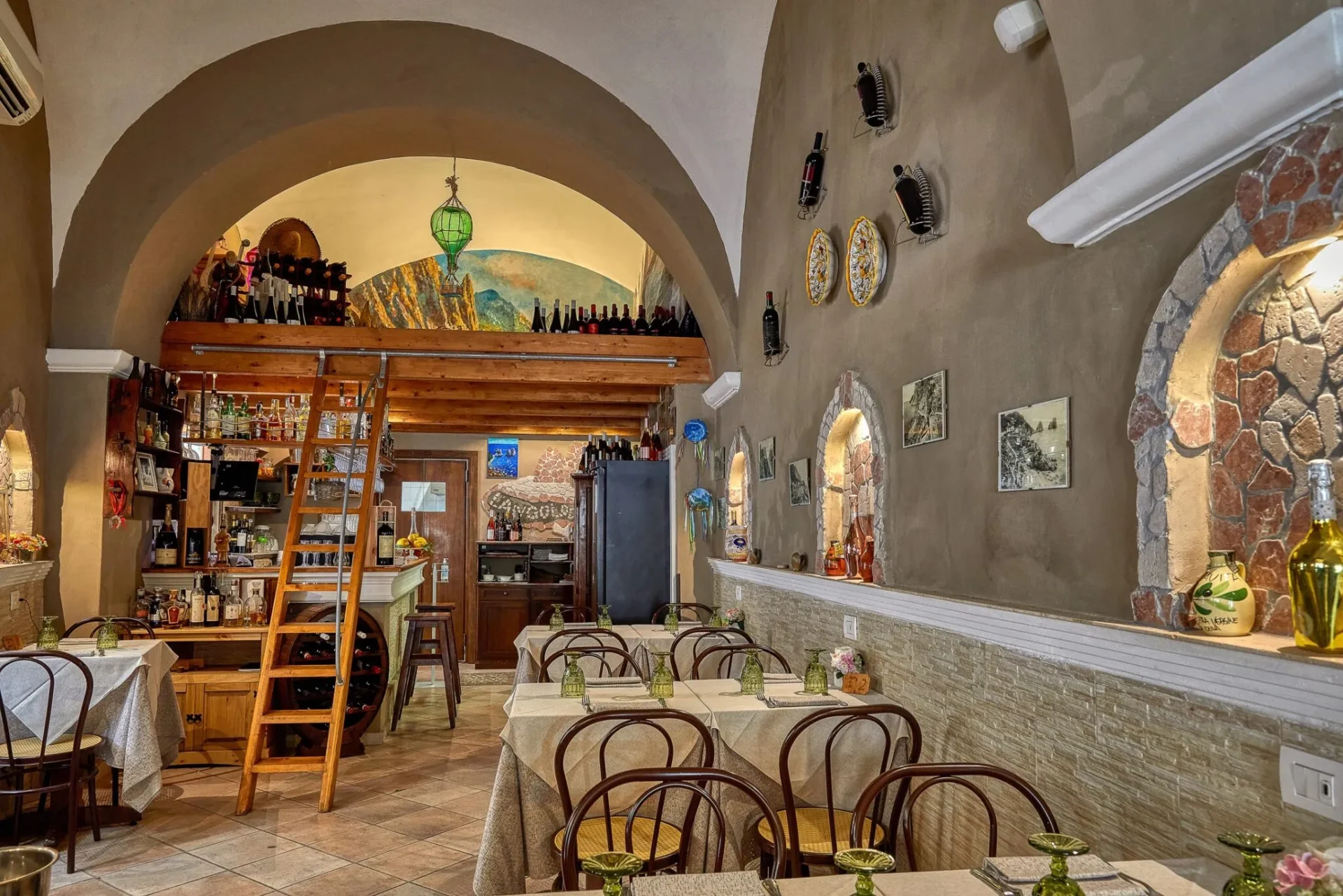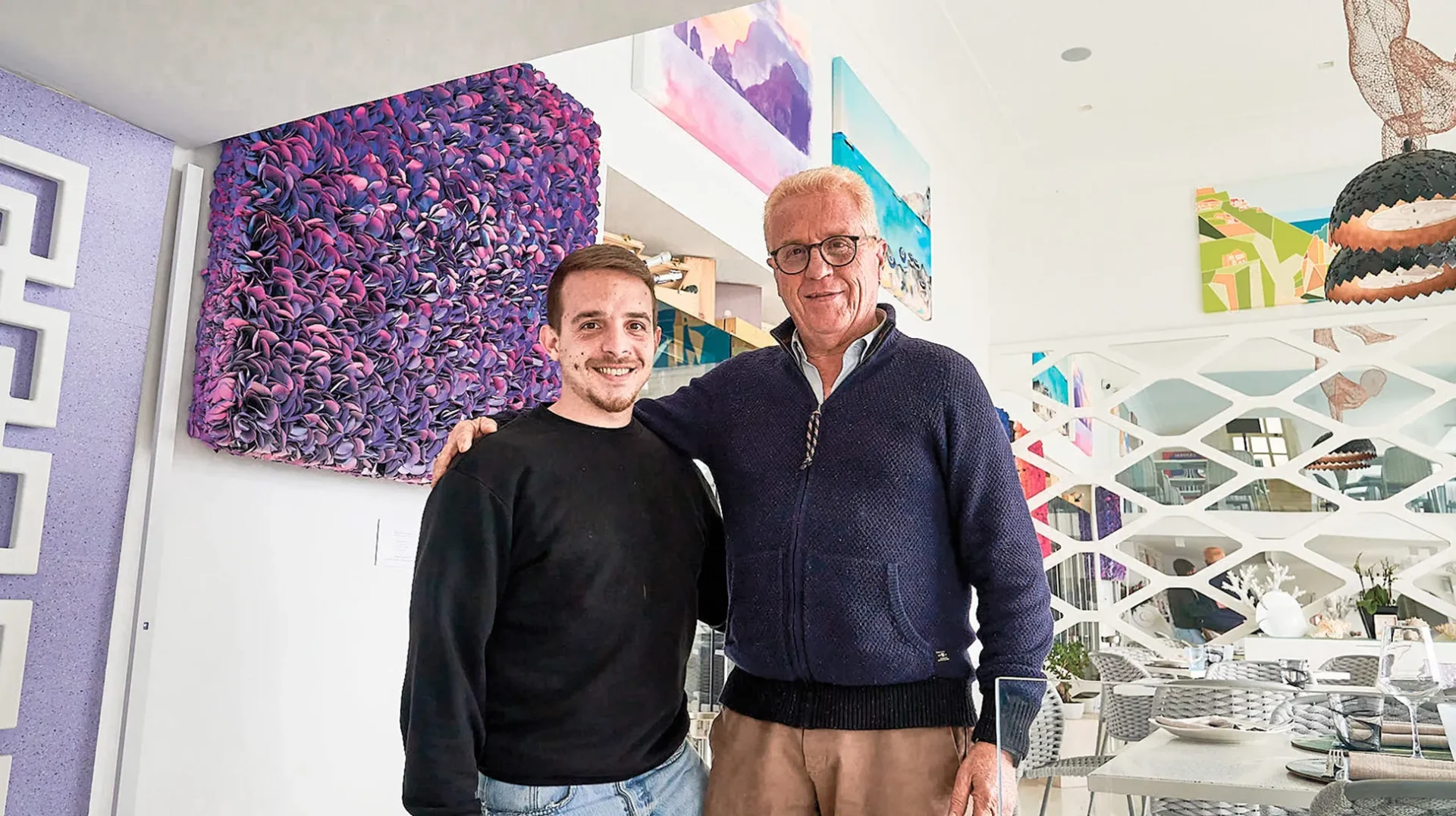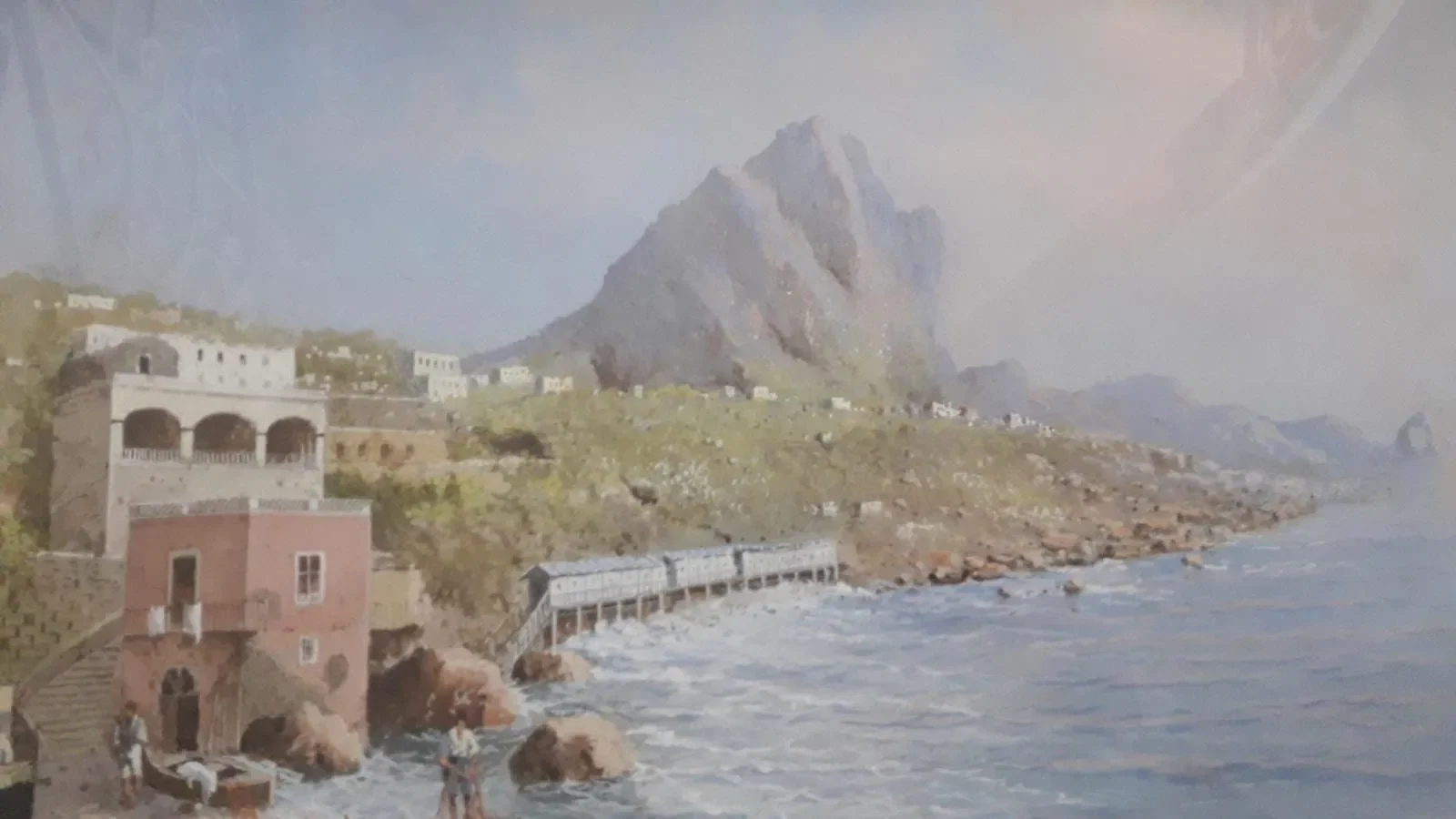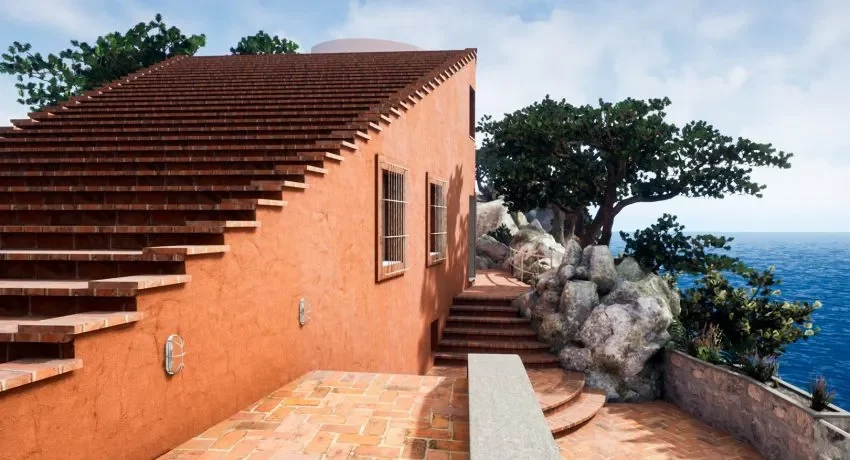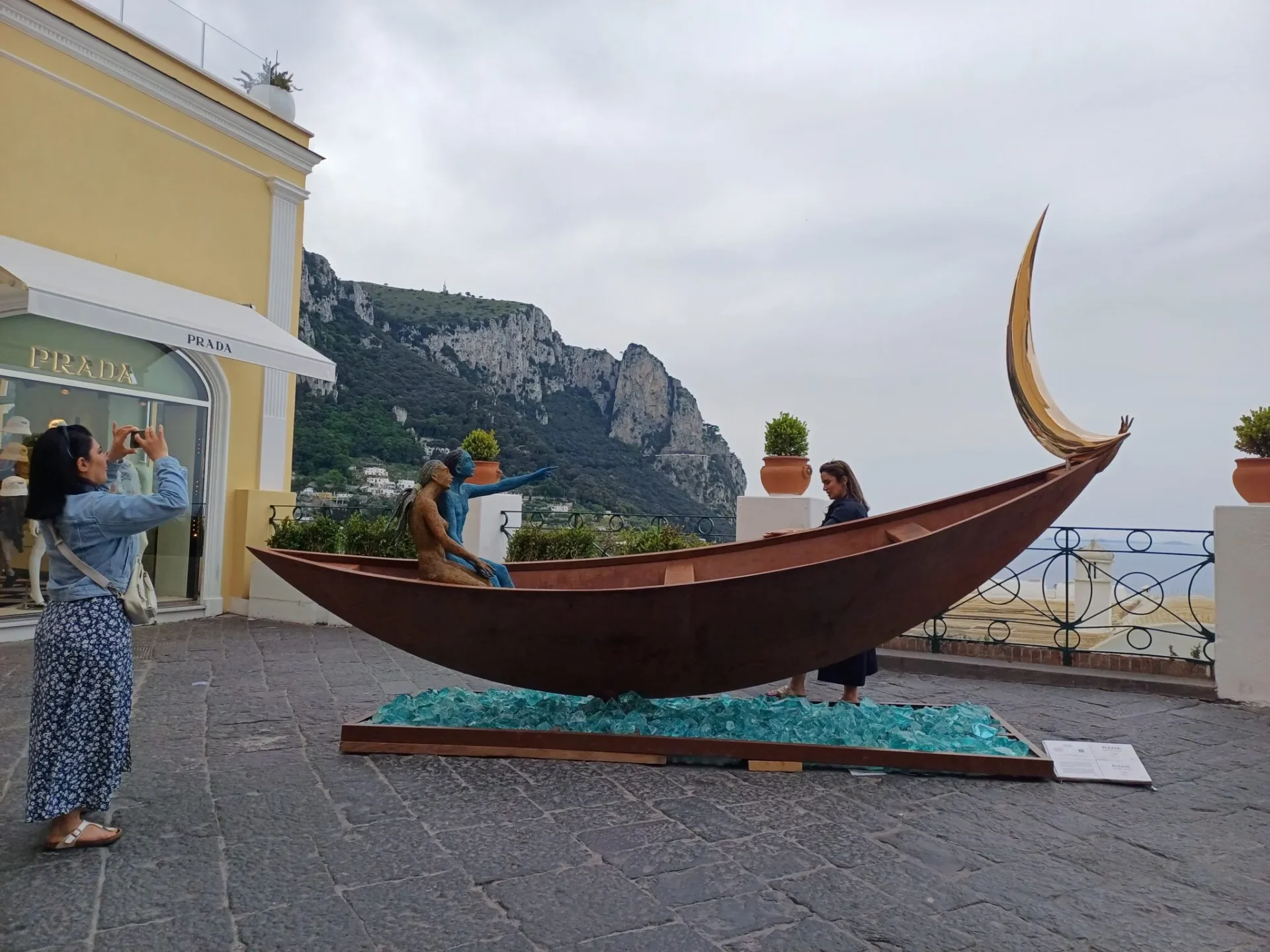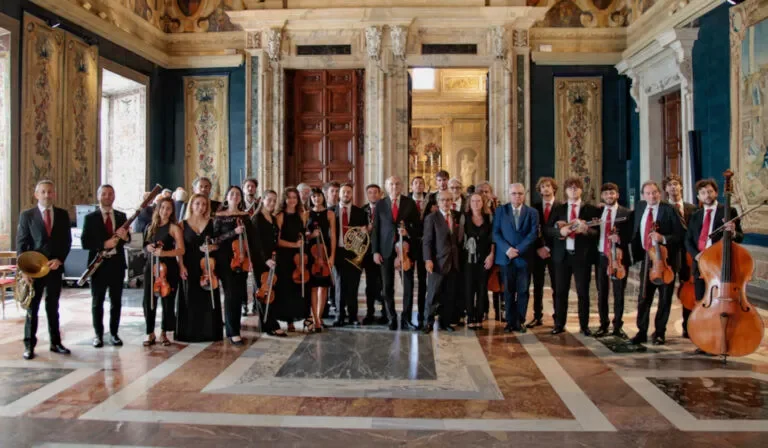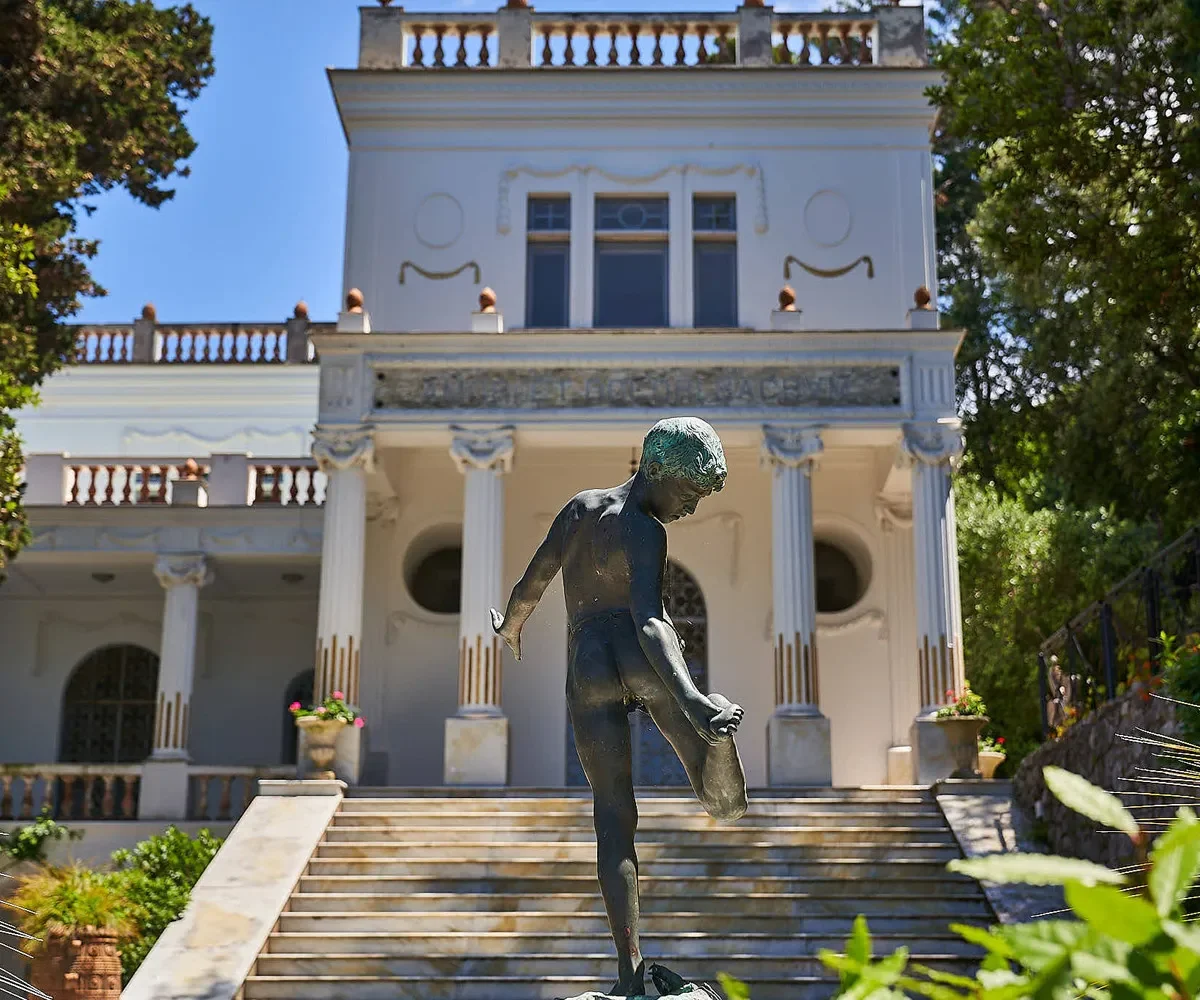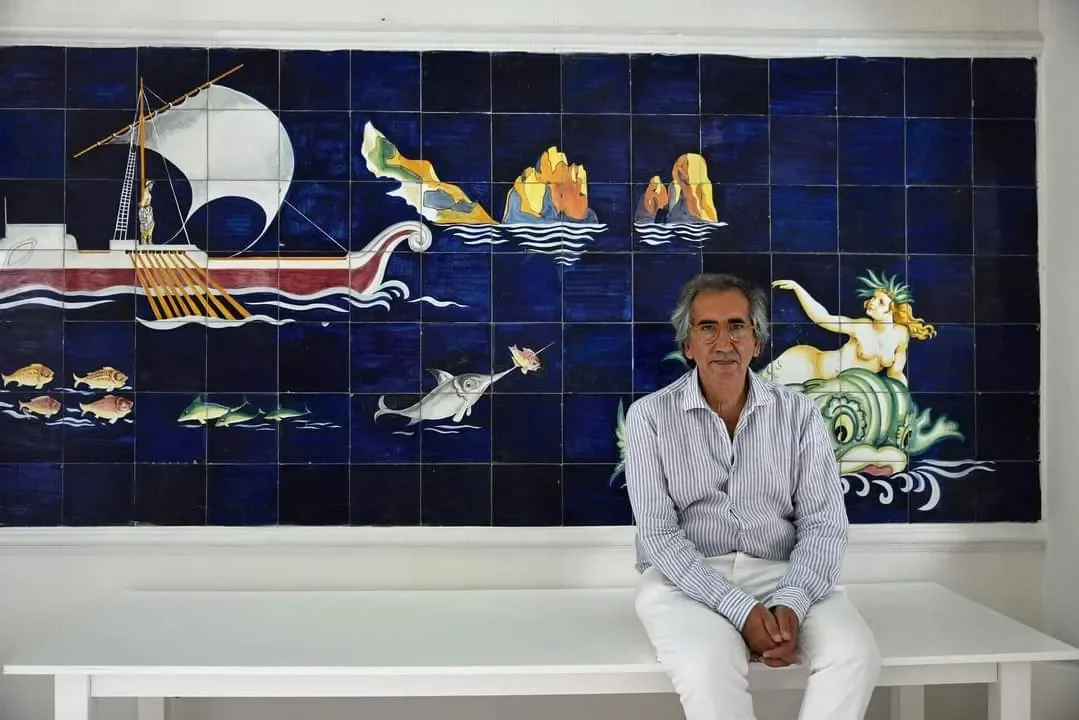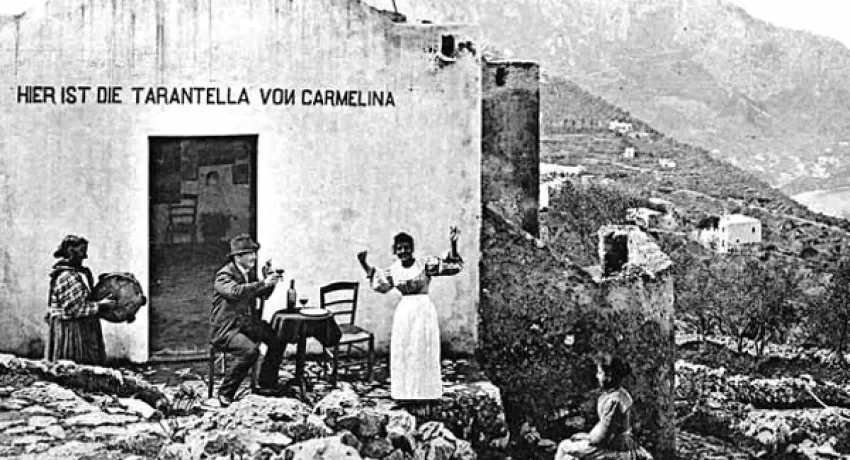Curzio Malaparte is the pseudonym or stage name of Kurt Erick Suckert, born in Prato, Tuscany, in 1898. A man who could rightly define everything and the opposite of everything. He had been fascist, having also participated in the march on Rome, and antifascist, a follower of communism and on his deathbed, instead, he had embraced the Christian religion. Writer, journalist, film director and military he called himself a lover of war, but he denounced the atrocities in his works “Kaput” and “La pelle”.
In 1936, during one of his travels, Malaparte arrives on Capri to meet the doctor and friend Axel Munthe, who has been living on the island for a long time. Immediate is the decision to want to be part of that wild nature, in some ways inhospitable and still unspoilt that finds its ideal setting at Capo Massullo where the writer buys from an island a plot of land directly overlooking the sea and not far from the famous Faraglioni.
And between 1938 and 1942, after obtaining the building license thanks to the intercession of his friend Galeazzo Ciano, on the project of the architect Adalberto Libera will build the famous Villa Malaparte or Casa Malaparte or still as he liked to call it “Home like me”. A building whose architecture is so essential and rational that it seems to be the natural continuation of the rock that stretches out towards the sea or the birth of the island itself, with the physiognomy that vaguely resembles that of a ship. Only the red color distinguishes it from the surrounding nature and also from the characteristic white houses.
Many argue that in reality the structure of Villa Malaparte is the result of the imagination of the writer who repeatedly changed the initial project of Adalberto Libera making changes that made it “hard and strange” as he liked to define himself.
The interiors of the villa are essential, almost spartan, with few but studied components such as majolica that reproduce a single element: “a lyre” taken from a drawing by Goethe. Spectacular, but certainly the result of a thorough study are the windows, each of which faces an isolated scenic view, framed in such a way that it seems to be an always different painting, the bright colors that changes according to weather conditions and the passing of the hours of the day.
The world of cinema is also aware of this unreal and in some ways crazy construction by choosing it as a special scenario for two films: “The contempt” by Jean-Luc Godard, taken from the homonymous novel by Alberto Moravia and in 1981 we find it in the film “La pelle” based on the autobiographical novel by Malaparte himself, played by Marcello Mastroianni. More recently it has also been used as a set for various advertising campaigns.
At his death, Curzio Malaparte does not betray himself and his philosophy of life by leaving “Home like me” to the People’s Republic of China so that it becomes a place of culture for Chinese artists. However the will is challenged by the relatives of the writer who at the end of the legal battle will be attributed to them.
Photos – web source

